When we visualize cities, our thoughts often turn to soaring skyscrapers, bustling traffic, and iconic landmarks. But Jane Jacobs, the influential American-Canadian urbanist, author, and activist, envisioned cities differently. To Jacobs, cities weren’t just steel and glass; they were vibrant, living ecosystems woven intricately by the daily rhythms of community life—children at play, neighbors chatting on sidewalks, shopkeepers exchanging stories. Her vision transcended traditional urban planning, insisting that the heart of any city beats through its people.
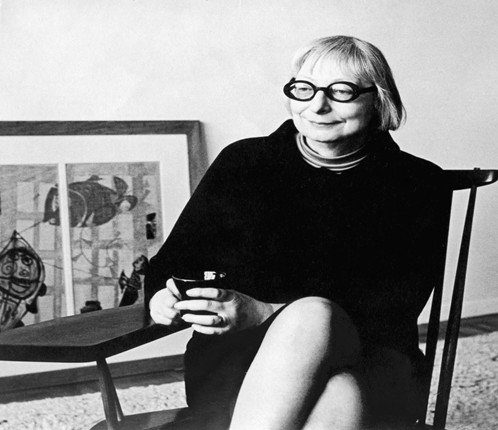
Reference- thewestendmuseum.org
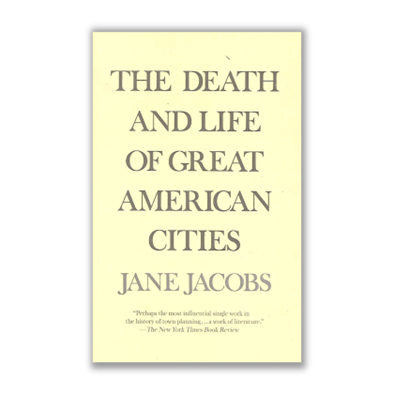
Reference- Wikipedia.org
Table of Contents
Jacobs challenged the dominant mid-20th-century urban planning strategies, which favored large-scale, car-centric infrastructure. Instead, she passionately advocated for dense, mixed-use neighborhoods, organic street layouts, and walkable cityscapes that prioritize human interactions. Her famous assertion, “Cities have the capability of providing something for everybody, only because, and only when, they are created by everybody,” became the philosophical cornerstone of her advocacy.
Sidewalk Ballet: The Essence of Urban Life
Central to Jacobs’ philosophy was the “sidewalk ballet,” a spontaneous choreography of everyday city life. She vividly illustrated this in her seminal 1961 book, The Death and Life of Great American Cities, where vibrant streetscapes result from mixed-use zoning, short city blocks, and buildings of varying ages. This careful orchestration fosters resilient, thriving communities, whereas neglecting these elements leads to urban decay and sterile neighborhoods.
Jacobs famously stood her ground against influential urban planner Robert Moses, whose plans threatened to demolish vibrant neighborhoods like New York City’s Greenwich Village. Through tireless community organizing, Jacobs and her fellow residents successfully thwarted Moses’ expressway project, preserving the neighborhood’s historic charm and dynamic social fabric.
Read More: Rising from the South: Spotlight on a Promising Kerala Design Firm
Activism in Action: Saving Neighborhoods
Greenwich Village, New York City
In the 1950s, Jacobs’ activism was sparked in Greenwich Village, where she lived. Moses proposed an expressway that would cut through the heart of the community. Recognizing the potential destruction of community life, Jacobs mobilized her neighbors in protest. Through community meetings, grassroots organizing, and persuasive journalism, they prevented the construction of the expressway, preserving the Village’s unique character.
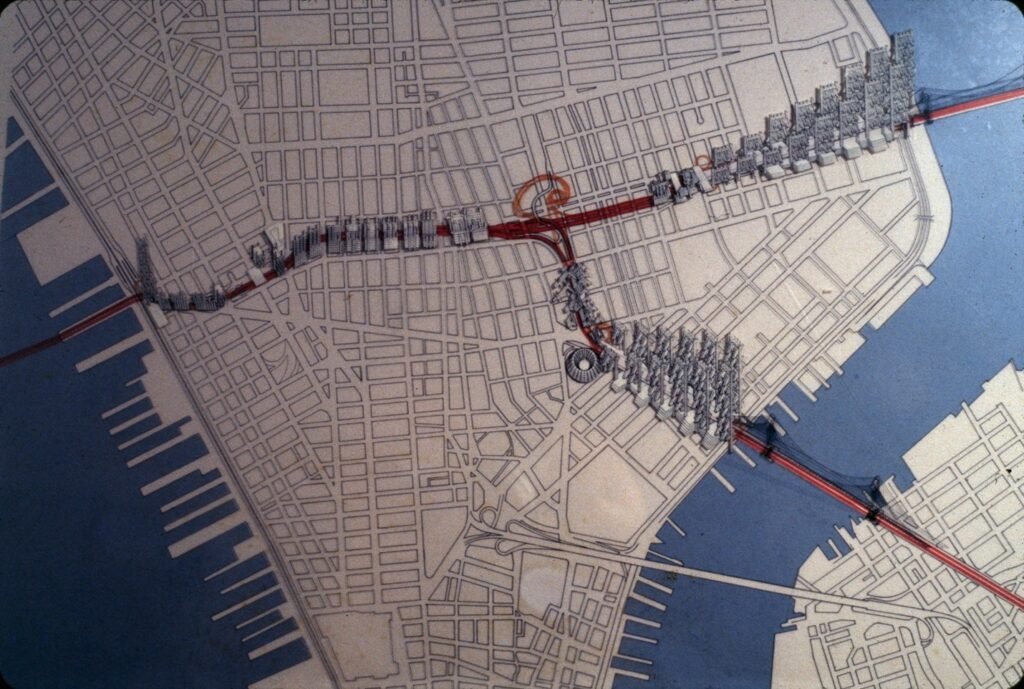
Reference- architecturemagzine
Regina Boulevard, Toronto
Jacobs carried her advocacy to Toronto, where plans to widen Regina Boulevard threatened neighborhood cohesion. Instead, Jacobs promoted pedestrian-friendly design, including curved sidewalks and ample street furniture. Today, Regina Boulevard stands as a testament to Jacobs’ belief that streets are spaces to live in, not merely pass through.
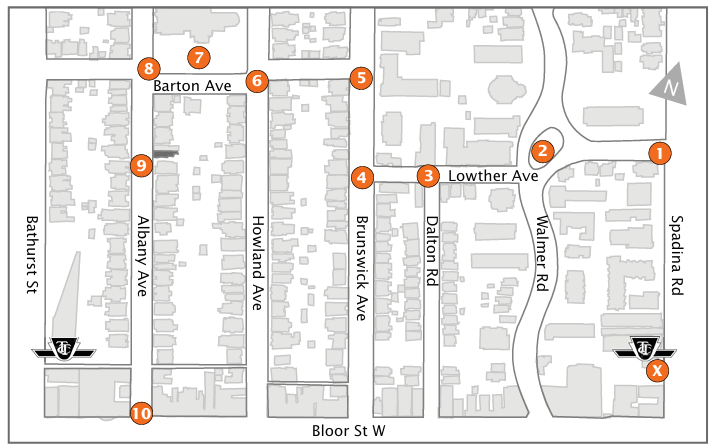
Reference- jane’swalk.org
Jacobs’ Principles in Urban Design
- Mixed-Use Streets: A street, according to Jacobs, must integrate living, working, shopping, and leisure activities, fostering continual pedestrian presence and enhancing communal safety.
- Short City Blocks: Jacobs emphasized that shorter blocks encourage exploration and interaction, creating dynamic neighborhoods rich with opportunities for chance encounters and vibrant community life.
- Aged Buildings: Older structures offer affordability and flexibility, nurturing innovation, creativity, and diversity. Jacobs famously remarked, “New ideas must use old buildings.”
- Eyes on the Street: Safety emerges from active street life and communal oversight, rather than surveillance systems. Vibrant, occupied sidewalks naturally deter crime and foster trust among residents.
Jacobs’ Influence in India
Though Jacobs never visited India, her ideas resonate deeply across several urban initiatives:
- Lutyens Bungalow Zone, Delhi: Local activists and planners echo Jacobs’ ideas, emphasizing human-scale urban design and resisting high-rise developments.
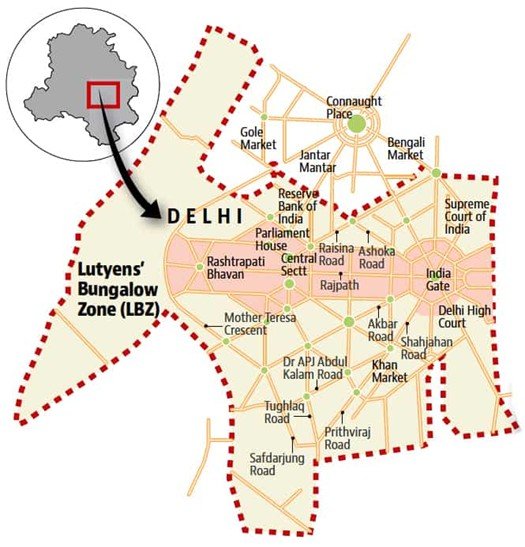
Reference- hindustantimes.com
- Urban Village Squares, Bengaluru: Community-driven designs transform intersections into lively spaces, mirroring Jacobs’ advocacy for neighborhood engagement.

Refence- timesofindia.com
- Heritage Walks, Kolkata: Neighborhood-led tours have revitalized urban heritage, reflecting Jacobs’ belief in community stewardship.
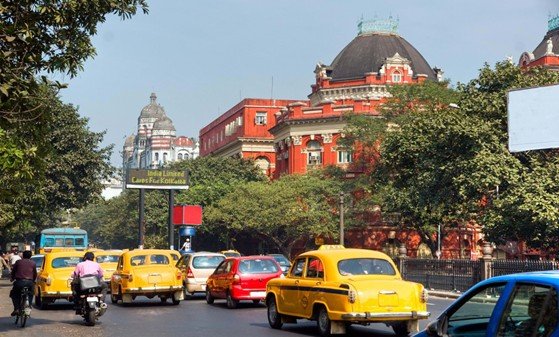
Reference- indiatales.com
Imagining Jacobs-Inspired Urban Futures
Jacobs’ vision invites Indian cities to imagine:
- Neighborhood Walk Audits: Engaging residents in Chennai to document walkability, enhancing city life through collaborative planning.
- Pop-Up Squares: Transforming underutilized streets in Navi Mumbai into lively community hubs through temporary installations and activities.
- Formalized Street Cafes in Kolkata: Celebrating sidewalk culture by legally recognizing informal cafés, enhancing safety while preserving vibrant street life.
The Legacy of Jane Jacobs
Jane Jacobs didn’t merely critique urban planning; she offered a new lens through which to view and shape cities, advocating for empathy, community, and inclusive design. Her legacy thrives in the laughter-filled streets, bustling sidewalks, and cherished community spaces worldwide.
As Jacobs reminds us, true urban vitality is not just about architecture and planning—it’s fundamentally about the human connections that animate our cities. Her timeless message continues to inspire planners and citizens alike: when cities are built with care and inclusivity, they become not just places to inhabit but spaces to cherish.
References
- Jacobs, Jane. The Death and Life of Great American Cities. Random House, 1961.
- “Jane Jacobs and the Fight for Greenwich Village.” The West End Museum.
- “Regina Boulevard Redesign.” Jane’s Walk Toronto, janeswalk.org.
- “Lutyens Bungalow Zone Preservation.” Hindustan Times.
- “Urban Village Squares in Bengaluru.” Times of India.
- “Kolkata’s Heritage Walks.” India Tales.
- “Robert Moses and Urban Renewal Conflicts.” Wikipedia.
- “Jane Jacobs: Eyes on the Street.” Architecture Magazine.
